
The objective of this research is to accelerate the development of materials and devices that enable carbon dioxide to be converted into a resource by utilizing AI and experimental data. A next-generation proton-conducting solid oxide-type electrolytic cell using carbon dioxide-tolerant Sc-substituted barium zirconate (Adv. Energy Mater. 2020), which has been successfully developed by the representative, as an electrolyte will be constructed to achieve carbon dioxide recycling and selective production of olefin, a high value-added resin material. For efficient development, the machine learning model for proton conductors (ACS Energy Lett. 2021) will be extended to the other materials and their hetero interfaces. Taking advantage of the broad perspectives of the Kyushu University Platform of Inter-/Transdisciplinary Energy Research, the reactions will be evaluated based on the nano-level to device systems and economics. The project is expected to contribute significantly to the realization of “decarbonization” and the “carbon neutral society of 2050” that Japan is aiming for.
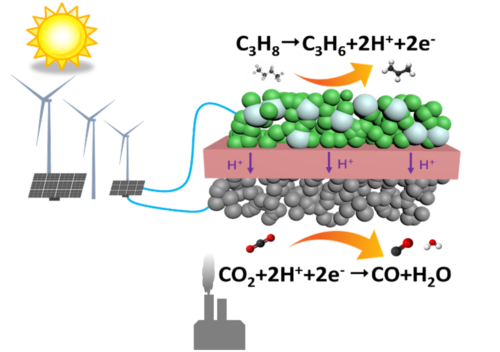
The originality of this research lies in the accelerated development of material devices that enable carbon dioxide to be recycled and propylene to be produced simultaneously through the utilization of AI and experimental data. It is also unique that the research is not limited to scientific and technological development but also considers the socioeconomic aspects of the technology.

Professor
Q-PIT

Assistant professor
Q-PIT
Associate professor
I2CNER

Professor
Department of Physics

Associate professor
Department of Applied Quantum Physics and Nuclear Engineering

Professor
Department of Materials

Professor
The Ultramicroscopy Research Center
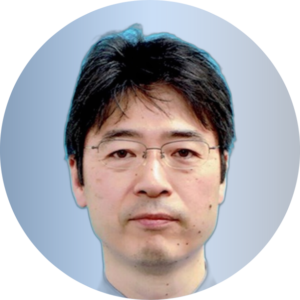
Professor
Interdisciplinary Graduate School of Engineering Science
We will demonstrate CO2 reduction and propane(C3H8) dehydrogenation (propylene(C3H6) production) with high selectivity beyond the equilibrium yield of conventional heterogeneous catalysts by combining an electrochemical cell using a proton-conducting electrolyte (Adv. Energy Mater. 2020), catalysts, and the electrochemical potential. This module will contribute to solving the social issue of achieving Japan’s CO2 emission reduction target (46% of the FY2013 level by FY2030) by integrating the comprehensive knowledge of the researchers at Kyushu university.
1. Probe where the protons go to develop better fuel cells
(PRESS RELEASE、Kyushu University HP)、Research paper in Chemistry of Materials (ACS)
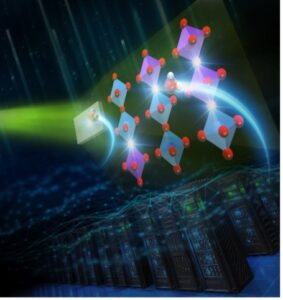
Kenta Hoshino, Shusuke Kasamatsu, Junji Hyodo, Kentaro Yamamoto, Hiroyuki Setoyama, Toshihiro Okajima, Yoshihiro Yamazaki*
Chemistry of Materials, 35, 6, 2289–2301, 2023
DOI: 10.1021/acs.chemmater.2c02116
Research result was selected for the Journal cover art!
2. Machine learning method speeds up discovery of green energy materials
(PRESS RELEASE、Kyushu University HP)、Research paper in Advanced Energy Materials (Wiley)
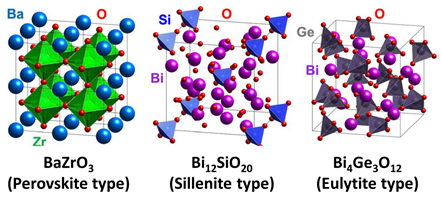
Susumu Fujii, Yuta Shimizu, Junji Hyodo, Akihide Kuwabara* and Yoshihiro Yamazaki*
Advnced Energy Materials, 13 (39), 2301892, 2023
DOI: 10.1002/aenm.202301892
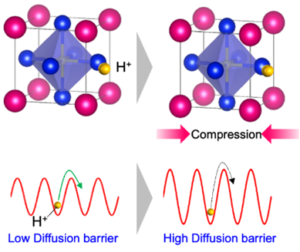
Junji Hyodo, and Yoshihiro Yamazaki
Journal of Physics: Energy, 4(2022) 044003.
DOI: 10.1088/2515-7655/ac889e
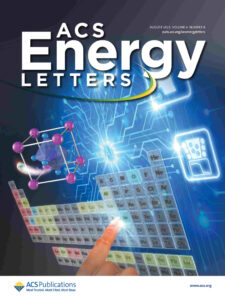
Junji Hyodo, Kota Tsujikawa, Motoki Shiga, Yuji Okuyama, and Yoshihiro Yamazaki*
ACS Energy Lett. , 2021, 6, 8, 2985–2992.
DOI: 10.1021/acsenergylett.1c01239
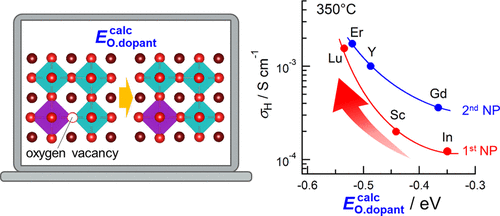
Yoshihiro Yamazaki, Akihide Kuwabara, Junji Hyodo, Yuji Okuyama, Craig A. J. Fisher, and Sossina M. Haile
Chem. Mater., 2020, 32, 17, 7292-7300.
DOI: 10.1021/acs.chemmater.0c01869
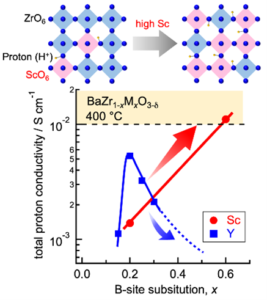
Junji Hyodo, Koki Kitabayashi, Kenta Hoshino, Yuji Okuyama, Yoshihiro Yamazaki
Adv. Energy Mater. , 2020, 10, 25, 2000213.
DOI: 10.1002/aenm.202000213
